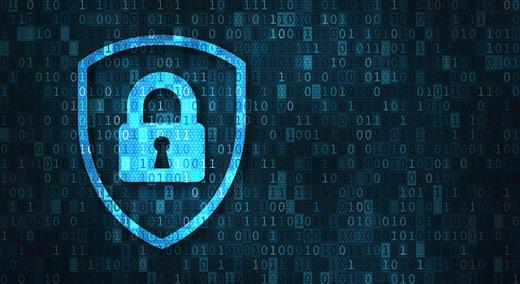Cybersecurity is a complex topic no matter what industry vertical it is applied to. In order to reduce that complexity, it helps to frame cybersecurity in the context of the business. For manufacturers, there is a familiar concept that can be used: Begin with the end in mind.
|
ADVERTISEMENT |
So what does the end look like in terms of cybersecurity?
Incident response.The dizzying landscape of cybersecurity solutions, vendors, and managed services typically revolve around the prevention of a cybersecurity incident. Although an ounce of prevention is worth a pound of cure, cybersecurity is fundamentally a risk management process, and a quick scan of recent headlines will show that absolute prevention is an impossible task. In fact, some of the largest companies in the world with elite cybersecurity operations begin with the assumption that, despite their formidable talents and budgets, their defenses have already been breached.
…

Add new comment